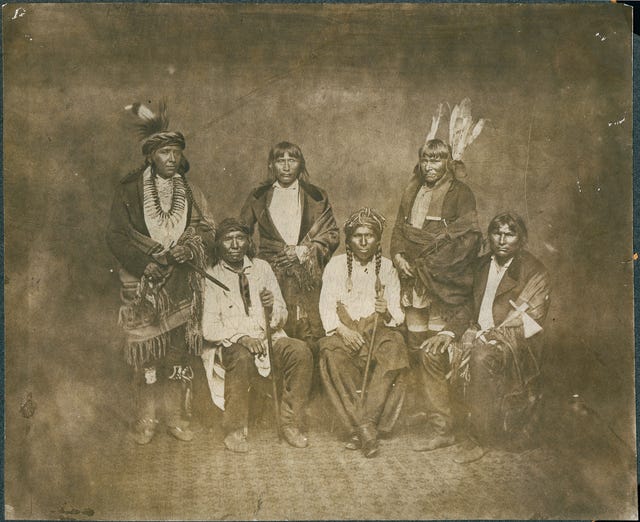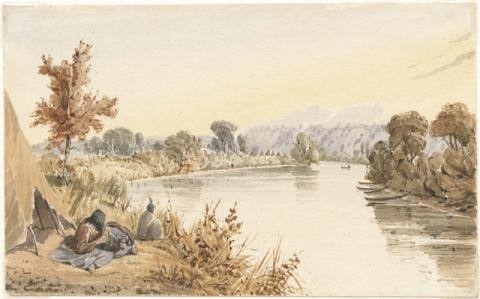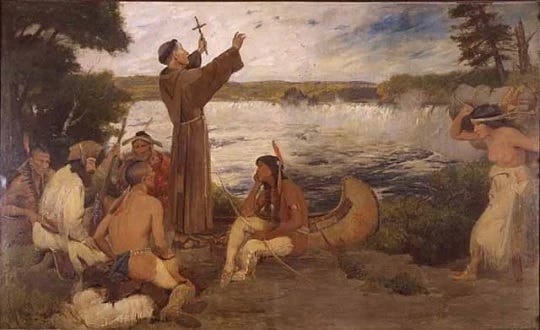
As we approach the 250th birthday of the United States next July, WCCO's Ari Bergeron takes a looks back through the eyes of Minnesota over those same 250 years.
This month we focus on the Dakota tribe, the original inhabitants of Minnesota and the only people calling this area home when the United States of America was formed in 1776.
There are four Dakota tribes in Minnesota. The Lower Sioux, Prairie Island, Upper Sioux and the Shakopee Mdewakanton.
When and where did they originate? Darlene St. Clair, Indigenous Research Professor at the University of Minnesota explains that there's a mythology that the natives have passed down and it relates to a significant confluence in the Minnesota.
"A Dakota man and a Dakota woman came out of the earth at a place called Makhóčhe, or sometimes called Bdote, Minnesota, which is a confluence of where the Mississippi and the Minnesota River come together," says St. Clair.

Some estimate the Dakota may have emerged in Minnesota some 13,000 years ago according to archaeological records found in the state. For the Dakota, it's a different mindset though.
"That's not a focus for Dakota people," St. Clair adds. "I think what we think of is that, we were created in this place, the Creator put us in this place, many of us are still here. Even the Dakota people that live outside Minnesota still think of this as a site of creation and so it's important for that reason."
The state name comes straight out of the Dakota language. "Mnisota" is the Dakota name for the state of Minnesota, meaning "where the clear water reflects the sky" or "land of sky-tinted water," obviously a reference to what we now call this "Land of 10,000 lakes." The phrase "Mni Sóta Makoce" is now part of the new state seal, reflecting the Dakota heritage.
Darlene says it's also important to recognize that the Dakota people are still here today, and not just focus on the history of the people.
"We are still here and we are still Dakota," she says. "Some of them are your neighbors and maybe your coworkers. We live everywhere now. There's a lot of wonderful things happening in Dakota communities today. They're writing books, they're becoming artists, they are becoming doctors. Dakota people are rich and vibrant, and a lot's happening for us right now."
For those many thousands of years, Minnesota was home to only those native peoples. By the 1600's, the Ojibwa also began to migrate westward into the state and is an important place in traditional Ojibwa culture. The Ojibwa were the most populous native tribe in North America and over 1,500 years, slowly made their way from the Northeast and Atlantic Coast up towards the Great Lakes including in Minnesota.
The Ho-Chunk, Cheyenne, Oto, Iowa, and the Sac and Fox tribes also acknowledge Minnesota as important to their tribal histories.
The first Europeans didn't get to Minnesota until French fur traders, working through Lake Superior, explored some of the western parts of that lake around 1650.

Father Louis Hennepin, coming north from Illinois, was the first European to meet the Dakota and was captured around the Falls of St. Anthony in 1680, and along with those French trappers began opening up the North Star State to more exploration in the century leading up to America's first birthday.
We'll explore more of the history of the state each month leading up to America's semiquincentennial (yes, that's the word for a 250th celebration) next July 4th.
WCCO will have part two of our series, "Minnesota and America at 250," in September.
